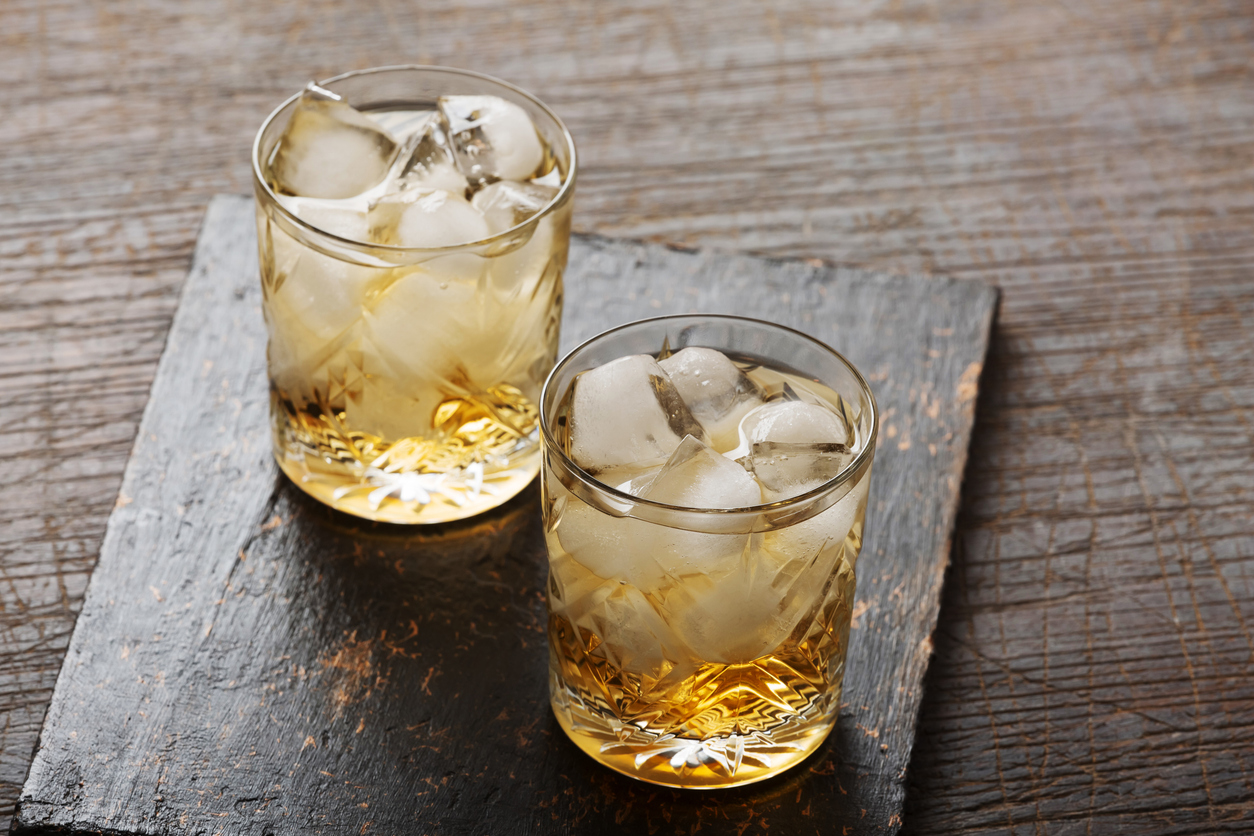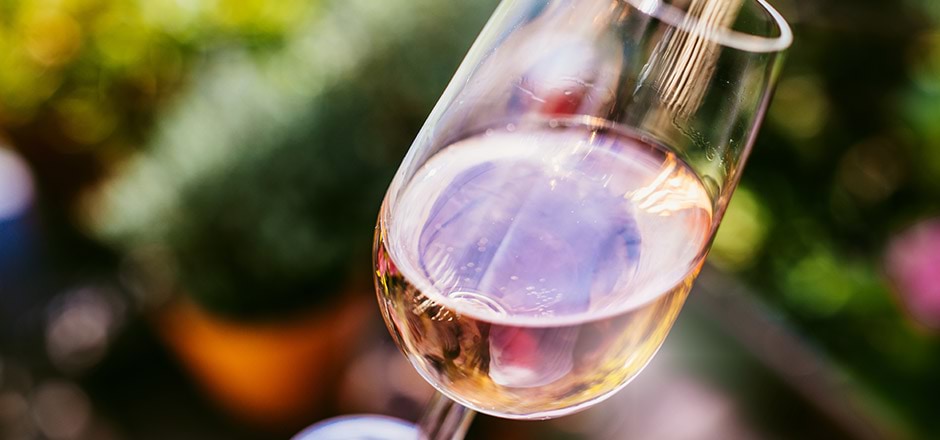- Ask the Experts
Your Cheat Sheet to American Whiskey
There’s more to American whiskey than bourbon. How is it made, what are the different styles and the best American whiskey brands? Here’s all you need to know.

Probably the defining trait of American whiskey in the modern context is just how broad a category of spirit it is. If someone asks, “What’s the best American whiskey?”, you could recommend a bourbon, but you could also talk about rye whiskey, malt whiskey, rye-malt whiskey, wheat whiskey or corn whiskey.
“People feel that American whiskey is a one-trick pony,” says Grant Shearon, from Brown-Forman, the group which owns Jack Daniel’s. “But it’s much more than that, especially now.”
So, what are the different kinds of American whiskey, what are their origins, and what makes them unique? Let’s start with the spelling — that extra ‘e’ in ‘whiskey’ actually predates American whiskey, originally brought into use to help differentiate between Irish and Scottish whiskies.
No, not all American whiskey is bourbon
But all bourbon is whiskey. Simply put, bourbon is an American whiskey made from at least 51 per cent corn, with the remaining mash bill a combination of other grains, and then aged in new charred containers — that applies to everything from globally renowned Wild Turkey to small batch producers such as Knob Creek.
That 51 per cent figure, dictated by US federal standards of identity for distilled spirits, is key — if it was 51 per cent rye it would be rye whiskey, if it was 51 per cent malt it would be malt whiskey, and so on.
“The majority of corn-dominant American whiskeys are bourbon,” explains Wild Turkey ambassador Tristram Lilburne-Fini. “[But] this misconception does happen more than one would expect.”
Also, bourbon doesn’t need to be made in Kentucky, although most bourbons are, including famous ones such as Jim Beam Black Label Bourbon. ‘American bourbon’, though, is a pleonasm — if it’s labelled bourbon, it’s made in the United States.
What then, is a Tennessee whiskey? Whiskies such as George Dickel 8YO Tennessee Whisky and Jack Daniel’s Tennessee Whiskey are made the same way as bourbon but differentiated by an added process of charcoal mellowing, which gives the spirit a distinctive smoothness.
So, what makes American whiskey different?
And how did American whiskey end up as a completely different spirit compared to Scottish whisky (or Scotch)? While the Scots used malted barley in the vast majority of their whiskies, it was harder to come by in the United States in the 18th and 19th centuries. So colonialists turned to other products — firstly rye, which grew in the northeast, but later corn, as the United States government encouraged settlement west in warmer regions beyond the Appalachian Mountains.
“Corn grows in abundance in hot climates,” Grant Shearon says. “And the settlers often had cartloads of corn left over from harvest, so they thought, ‘Let’s see what we can do here.’”
Scottish whisky is also traditionally synonymous with peat, decayed vegetation that is fired to dry the malted barley and give the spirit its distinctive smokiness. But peat was harder to come by in the United States, hence the use of other fuels such as wood — which gives it a different flavour.
Like Scottish whisky, American whiskey is typically distilled twice, but instead of a copper pot still, American whiskey brands typically use a more efficient column still followed by a thumper — a small parasitic still similar to a pot still.
The rise and rise of rye whiskey
Another popular style of American whiskey that is seeing a ‘rye-surgence’ (sorry!) is whiskey made from at least 51 per cent rye.
From Wild Turkey Straight Rye Whiskey to Jack Daniel’s Tennessee Straight Rye Whiskey and Jim Beam Rye Whiskey — there’s no doubt rye whiskey is on a roll, with production volumes in the United States rising from just 88,000 nine-litre cases in 2009 to 1.4 million cases in 2020.
So what’s going on? Rye was an early east-coast grain (George Washington owned one of the largest rye whiskey distilleries in the United States) and today’s drinkers are eager to rediscover that heritage. Also, rye’s peppery accents mean it plays well with the growth of cocktail culture.
Fun fact: almost all rye whiskies feature a green label. This is a relatively new trend, with no real story behind it, other than the possibility that the early success of a particular brand (Bulleit rye) led to all other brands following suit, including older ones such as Jim Beam Rye Whiskey , which changed its label colour to now also have a green label.
Now that you’re armed with all this insight into American whiskey, the only thing left to do is try out the different styles. Here’s an easy cocktail recipe to start you off with.
- Also in Ask the Experts
- View More Post Ask the Experts



